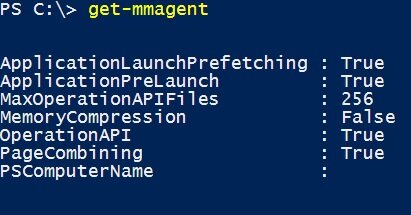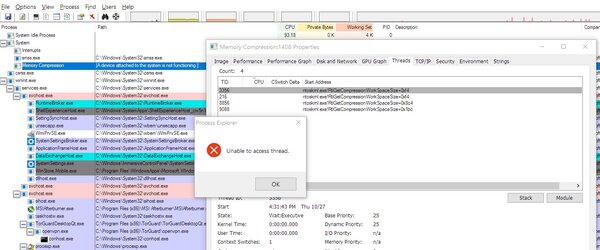- Joined
- Jul 12, 2007
If I enable memory compression (via the mmagent cmdlet in powershell) I get this "error" in process explorer about a process called "memory compression" and the path reads "[a device attached to the system is not functioning.]":

When I try to access any kind of information on it via properties settings, which there is none, it says "Access Is Denied" the only info I can see is threads tab that shows "ntoskrnlGetCompressionWorkspace" error.
Anyways, if I disable memory compression via the mmagent cmdlet in powershell, I no longer get the "error" in process explorer! The image below shows that memory compression is disabled with its "False" value:

But the other features having "True" values show that superfetch/prefetch is currently enabled. Normally superfetch enables memory compression by default when superfetch is on, until I manually disabled memory compression.
Suppose Superfetch (and memory compression) was enabled before then I disabled the Superfetch service in Service Manager, well this is what the mmagent cmdlet in Powershell looks like.

With Superfetch disabled, it also disables memory compression.
Currently, I have enabled Superfetch but since I manually disabled memory compression it stayed disabled. Otherwise, memory compression would have been automatically enabled alongside the Superfetch features.

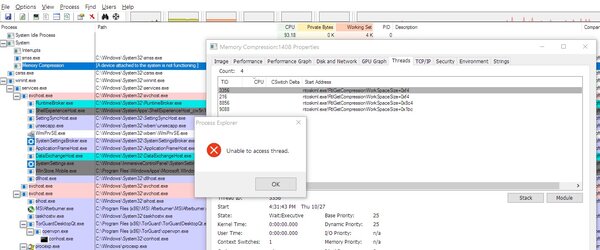
When I try to access any kind of information on it via properties settings, which there is none, it says "Access Is Denied" the only info I can see is threads tab that shows "ntoskrnlGetCompressionWorkspace" error.
Anyways, if I disable memory compression via the mmagent cmdlet in powershell, I no longer get the "error" in process explorer! The image below shows that memory compression is disabled with its "False" value:
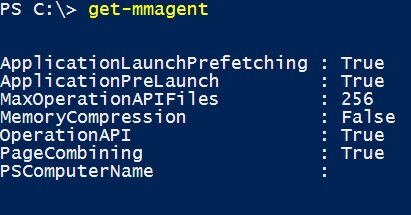
But the other features having "True" values show that superfetch/prefetch is currently enabled. Normally superfetch enables memory compression by default when superfetch is on, until I manually disabled memory compression.
Suppose Superfetch (and memory compression) was enabled before then I disabled the Superfetch service in Service Manager, well this is what the mmagent cmdlet in Powershell looks like.
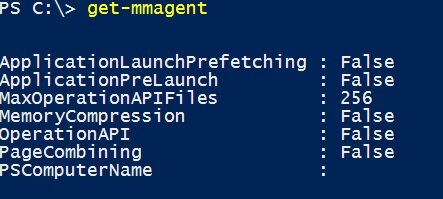
With Superfetch disabled, it also disables memory compression.
Currently, I have enabled Superfetch but since I manually disabled memory compression it stayed disabled. Otherwise, memory compression would have been automatically enabled alongside the Superfetch features.
